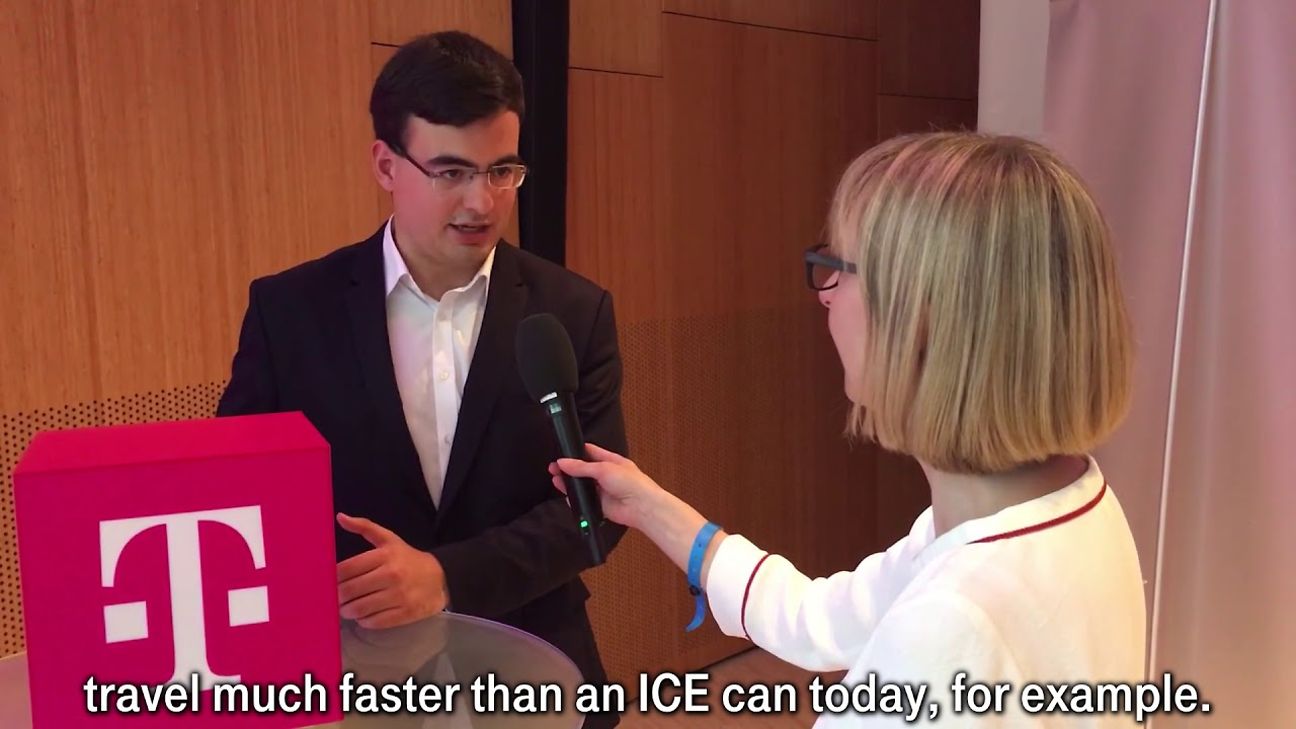

Hyperloop: In the vacuum tube from Munich to Berlin
Video-Interview with Gabriele Semino, Project Leader WARR Hyperloop, WARR e.V., Technical University of Munich (TUM).
Mr. Semino, you entered a Hyperloop competition for Elon Musk and won the student prize with your group. What is your vision of what traffic in cities will look like in the future, or outbound traffic from cities?
Gabriele Semino: The question is what traffic has to be like if we want to improve it in the future. Of course, one of the solutions is to have a means of transport for every type of traffic, that is, for every movement from A to B, that is best suited to that movement. In this scenario, Hyperloop is one of the solutions, fitting between the slow trains we have today and airplanes that aren't perfectly suited for relatively short distances such as Munich Berlin. Hyperloop would be an ideal complement here. But aside from Hyperloop, many other technologies will also have room in the bigger picture, which will hopefully improve traffic in the future.
Building Hyperloop will take a lot of money and effort. Why do you think it would be worth it? What advantage would this system offer?
Gabriele Semino: The major advantage of the system, of course, is its high speed. By building vacuum tubes, the vehicles could travel much faster than an ICE can today, for example. The benefit is that you get from A to B faster. As you mentioned, the infrastructure is an issue, of course. We have to build a completely new infrastructure. That means we have to ask early on, okay, where will that be worth it? And the optimum distance for a Hyperloop is between the optimum distance for a train, which is relatively short, because trains can't travel very fast, and that of a plane. Planes fly relatively fast, but when I have a relatively short distance, that speed doesn't really help, because most of the time is spent on the ascent and descent. And as you know, it seems to take forever to get to the airport – which is usually outside the city. That means these areas, the mid-point between trains and planes, are where a Hyperloop would best fit.
And is building it really realistic? What do you think?
Gabriele Semino: I think there will be attempts at building it. We will definitely have one attempt to build a route. I think that based on these routes, which might be built in an Arab country, for example – there's a lot of talk about how these lines will be built and whether they will be successful – and based on the results, we will decide how many routes will be built in the future. I'm optimistic, of course.


